© ROOT-NATION.com - Use of content is permitted with a backlink.
Intercontinental Ballistic Missiles (ICBMs) are a special class of long-range missiles that are guided during the initial phase of flight but travel along a ballistic trajectory in the middle portion of their flight before re-entering the Earth’s atmosphere and striking their intended target. They can be equipped with conventional or nuclear warheads and have been utilized as strategic weapons by various countries.
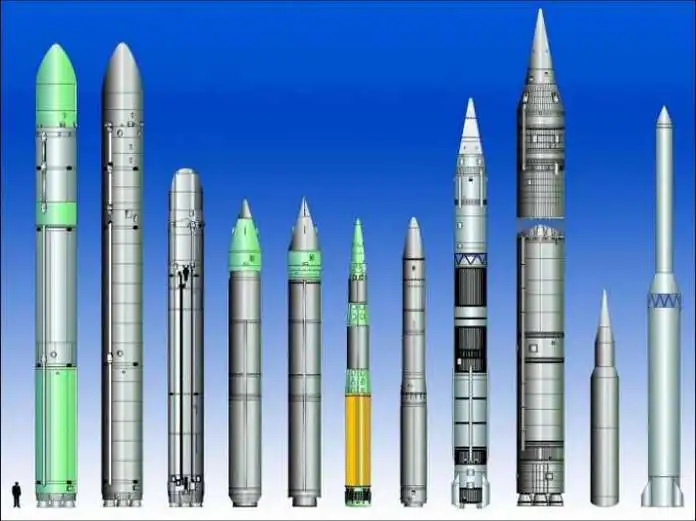
It is worth noting that speed is a critical factor for such missiles. Firstly, high speeds enhance the missile’s ability to evade enemy defenses, making interception extremely challenging. The faster the missile flies, the less time the opponent has to react, increasing the likelihood of successfully hitting the target. Additionally, high speeds contribute to extending the missile’s range and operational agility, allowing for rapid deployment and striking capability.
Today, we’ll discuss the top 6 most powerful and fastest among them, which could turn the world into a real version of Thanos’ world. Intercontinental ballistic missiles in this top list have been developed by various countries and are considered some of the most effective and destructive types of weaponry. And finally – all ICBMs are listed in random order because although these missiles may share some similarities, they differ in origin, deployment, and capabilities.
Trident II, USA
Trident II, also known as Trident D5, is an intercontinental ballistic missile utilized by the United States and the United Kingdom. It is deployed on Ohio-class submarines and British Vanguard-class submarines.
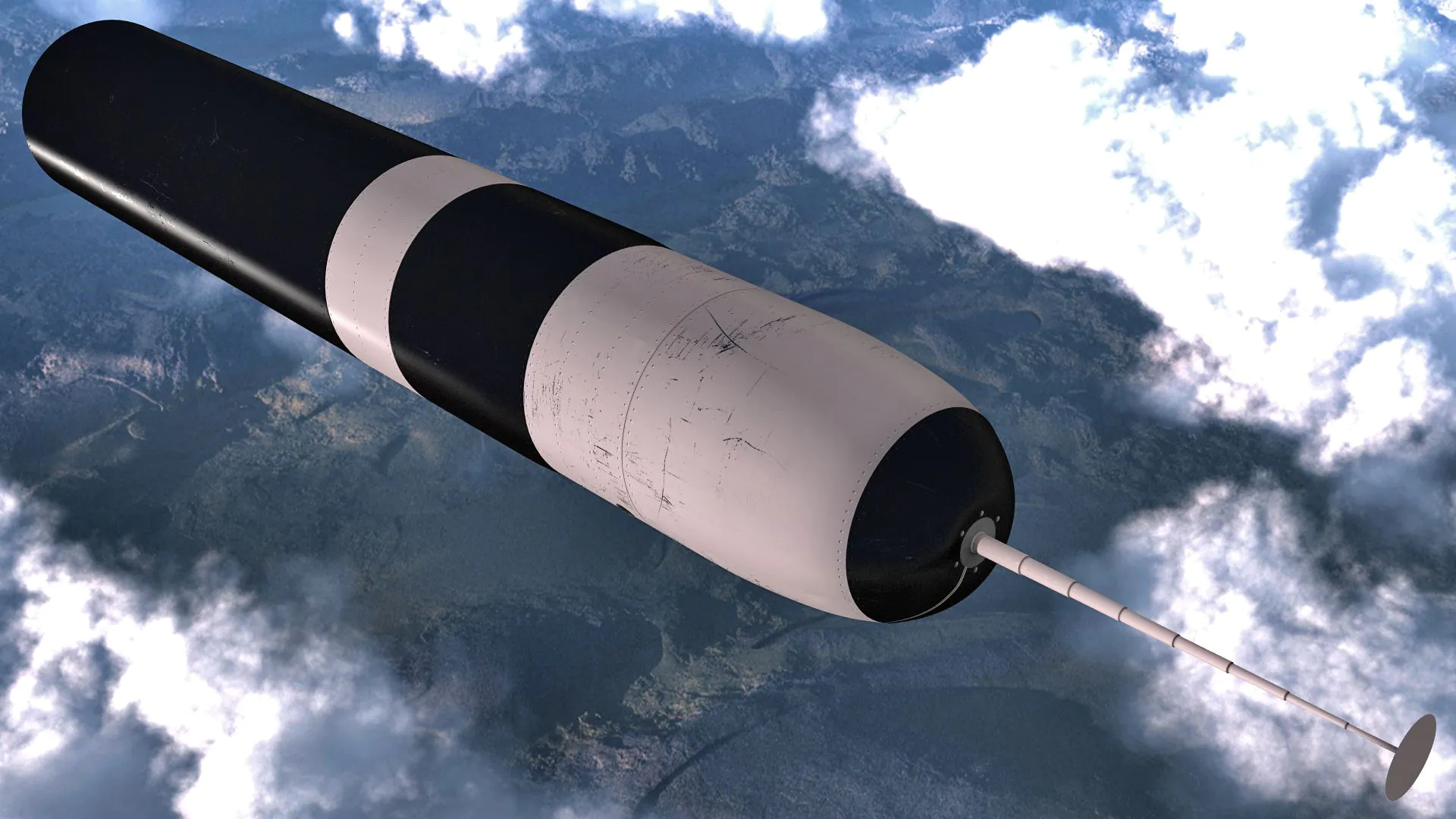
Trident II has been in service since 1990 and has undergone upgrades to enhance its accuracy and range. It can carry up to eight nuclear warheads, either W88 or W76, and is powered by three solid-fuel rocket motors.
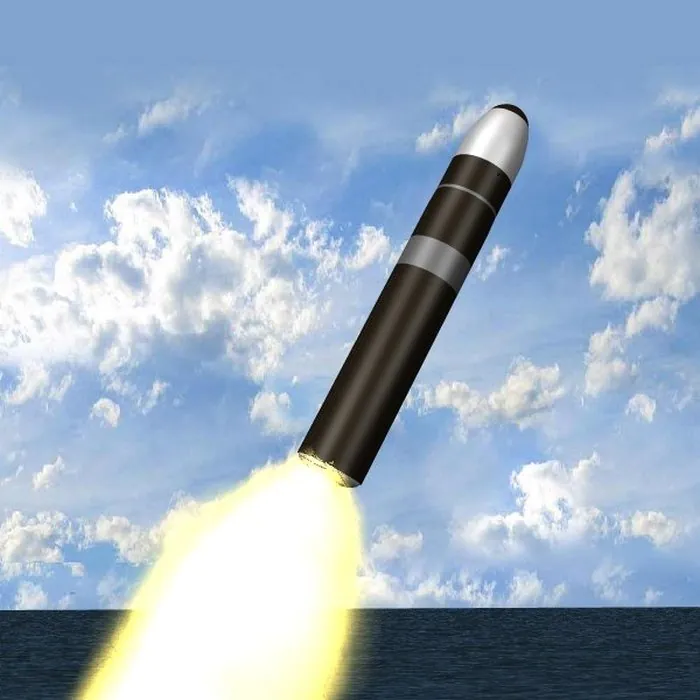 It is considered one of the most powerful and reliable ballistic missiles in the world and serves as a key element in the nuclear deterrence strategy of the United States and Britain.
It is considered one of the most powerful and reliable ballistic missiles in the world and serves as a key element in the nuclear deterrence strategy of the United States and Britain.

This submarine-launched ballistic missile (SLBM) is known for its reliability and ability to carry multiple independently targetable reentry vehicles (MIRVs), making it a potent second-strike option in the U.S. nuclear arsenal.
Read also: Weapons of Ukrainian victory: Storm Shadow / SCALP-EG cruise missiles
RS-24 Yars, Russia
The RS-24 Yars is a Russian intercontinental ballistic missile (ICBM) first deployed in 2010. It is designed to replace the aging Topol-M missile and can be launched from silos and mobile launchers. The RS-24 Yars is capable of carrying multiple independently targetable reentry vehicles (MIRVs) with nuclear warheads and has a flight range of approximately 11,000 kilometers..
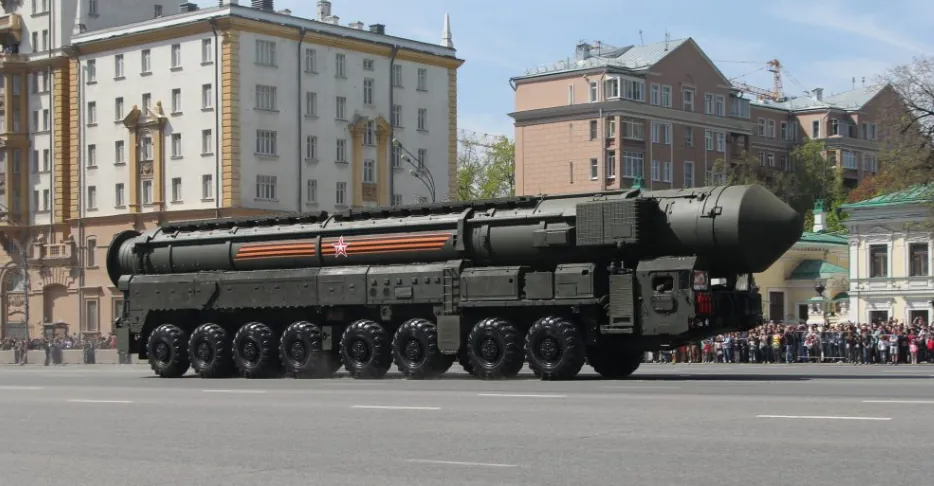
It is considered one of the most advanced Russian ICBMs. The RS-24 Yars is operated by the Strategic Rocket Forces and is one of several ballistic missiles in Russia’s nuclear arsenal.
Read also: Weapons of Ukrainian victory: GLSDB ground-launched bomb review
LGM-30G Minuteman III, USA
The LGM-30G Minuteman III is an intercontinental ballistic missile (ICBM) utilized by the U.S. Air Force. It is the only ground-based ICBM in the U.S. arsenal and is capable of carrying multiple nuclear warheads.
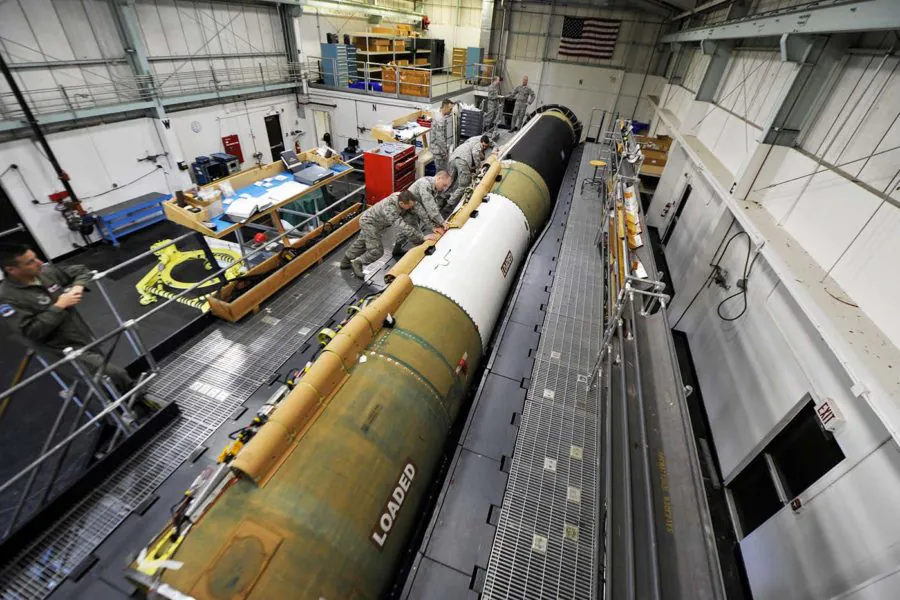
The Minuteman III has been in service since 1970 and has undergone modernization to enhance its accuracy, reliability, and flight range.
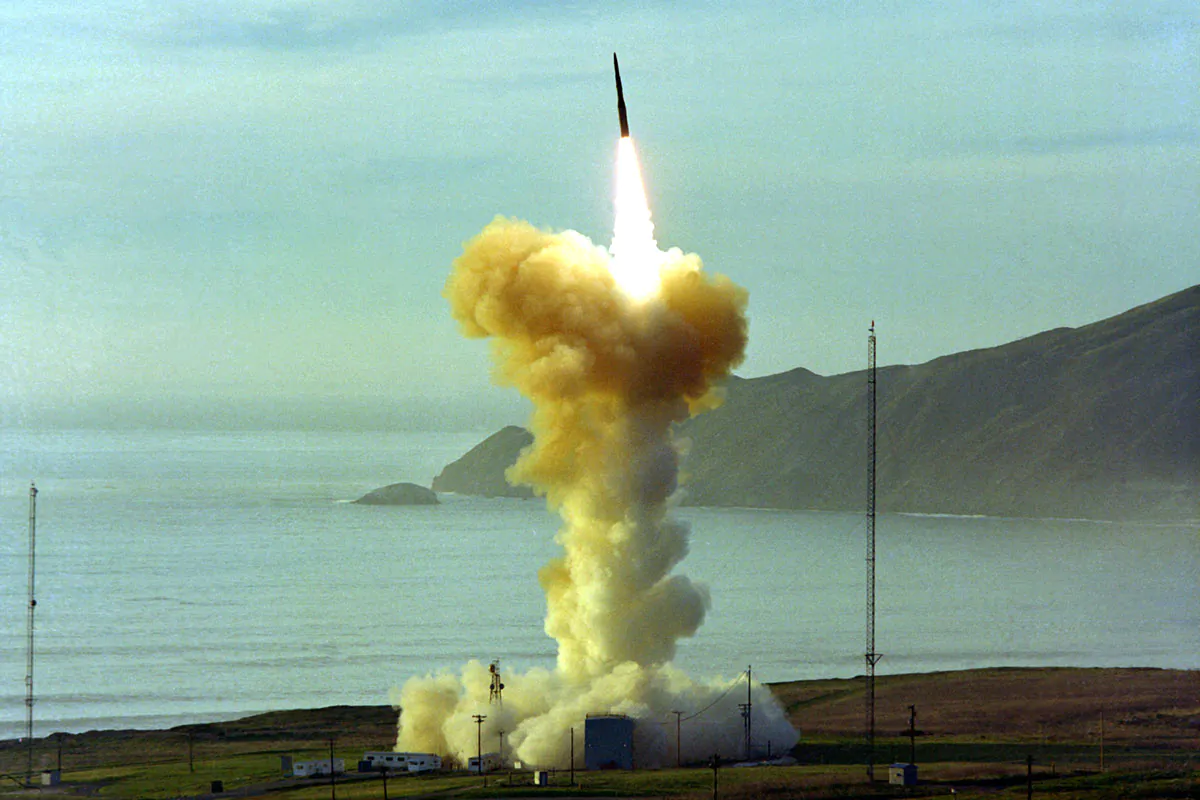 It has a range of up to 13,000 km and is stored in underground silos across several states in the U.S. The Minuteman III was the first missile in history to carry multiple warheads in a Multiple Independent Reentry Vehicle (MIRV) system.
It has a range of up to 13,000 km and is stored in underground silos across several states in the U.S. The Minuteman III was the first missile in history to carry multiple warheads in a Multiple Independent Reentry Vehicle (MIRV) system.

The Minuteman III also plays a crucial role in the United States’ nuclear deterrence strategy and falls under the command of the U.S. Air Force’s Global Strike Command.
Read also: Weapons of Ukrainian Victory: RM-70 Vampire MLRS
Dongfeng-41, China
The Dongfeng-41 is a Chinese intercontinental ballistic missile (ICBM) that was first publicly displayed in 2015. It is one of the most powerful ICBMs in the world, with a claimed flight range of over 12,000 km and the ability to carry up to ten nuclear warheads. The Dongfeng-41 is considered road-mobile, which complicates its detection and targeting in potential conflicts. It is in service with the Rocket Force of the People’s Liberation Army of China.

The Dongfeng-41 has attracted the attention of military analysts worldwide. With a claimed maximum speed of 25 Mach, or approximately 30,600 km/h, the DF-41 is one of the fastest missiles in China’s arsenal.
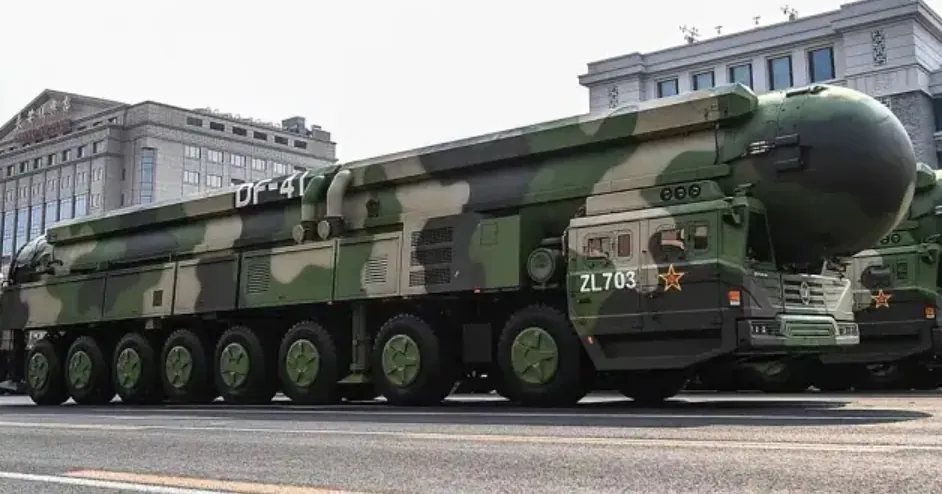
Its impressive range and capability to carry multiple warheads make it a potent tool for strategic deterrence.
Read also: Weapons of Ukrainian Victory: Long-range AASM Hammer bombs
M51, France
The M51 is an intercontinental ballistic missile (ICBM) that is also launched from submarines. It was developed by EADS Astrium Space Transportation for the French Navy, to replace the M45 submarine-launched ballistic missile (SLBM).
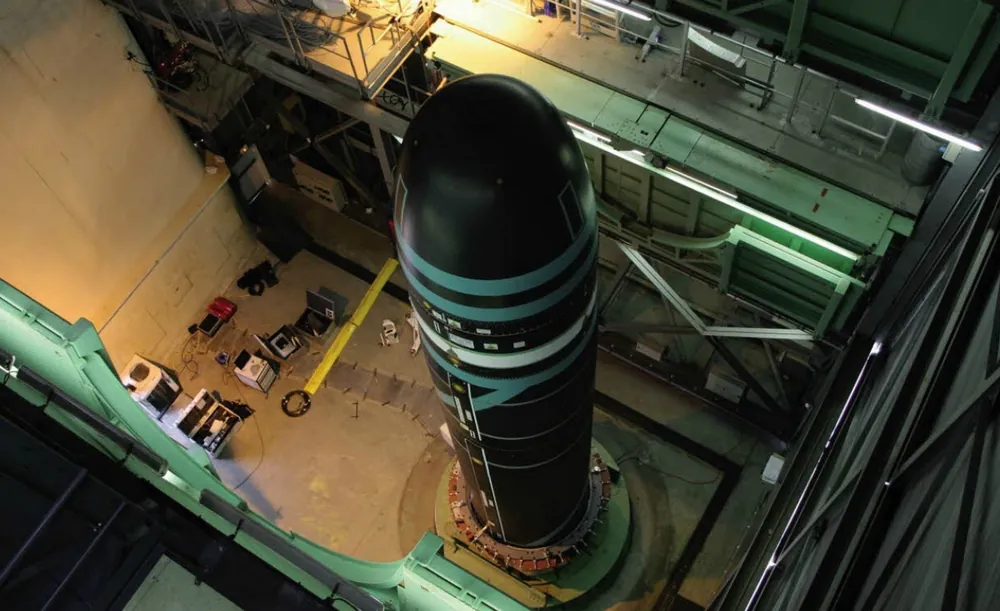
The missile was deployed on the Triomphant-class submarines of the French Navy in 2010. Its range is between 8,000 to 10,000 kilometers.
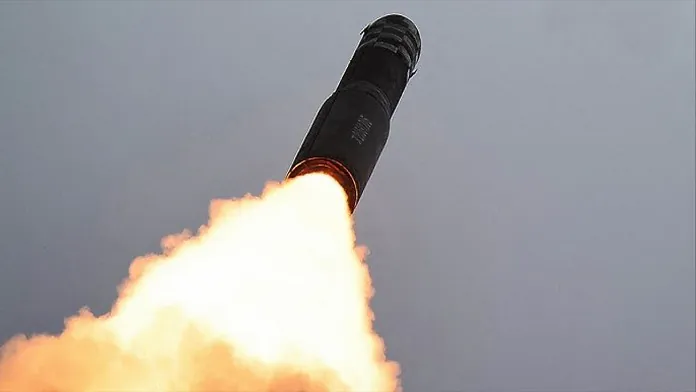
A soon-to-be-deployed upgraded version with new nuclear warheads is planned to be introduced into service shortly.
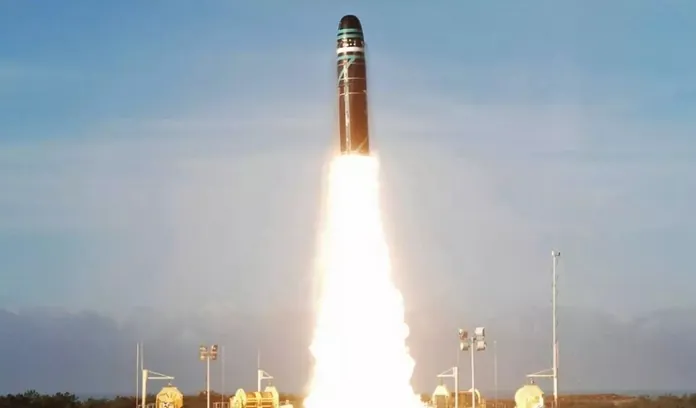
The M51 weighs 50 tons and can carry 6 warheads with independent targeting. The three-stage missile is propelled by a solid-fuel rocket motor.
Read also: Weapons of Ukrainian Victory: Turkish High-Precision TRLG-230 Missiles
Hwasong-15, North Korea
The Hwasong-15, also known as the KN-22, is a new intercontinental ballistic missile developed by North Korea. According to some estimates by experts, with reduced payload, the missile’s maximum flight range could reach 13,000 km. However, experts believe that the actual nuclear warhead may reduce the overall range.

It is believed that the missile is equipped with a two-stage liquid-fueled propulsion system and can carry multiple warheads or a single warhead weighing up to 1000 kg.
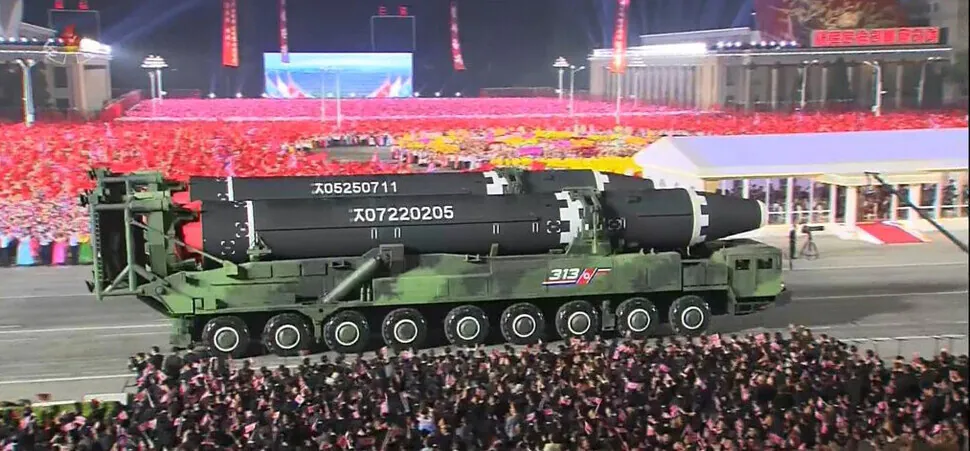
It uses an inertial guidance system with updates from satellite navigation. The road-mobile missile is mounted on a nine-axle transporter-erector-launcher (TEL) equipped with a detachable launch table.
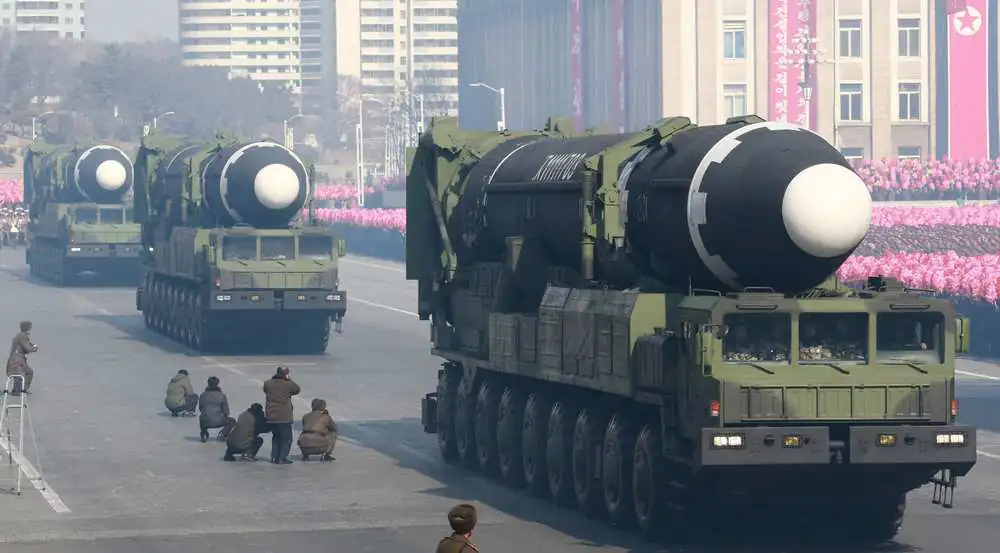
The successful test flight in 2017 demonstrated the missile’s capability to potentially target the continental United States. This event also significantly altered the security situation in the Asia-Pacific region and beyond.
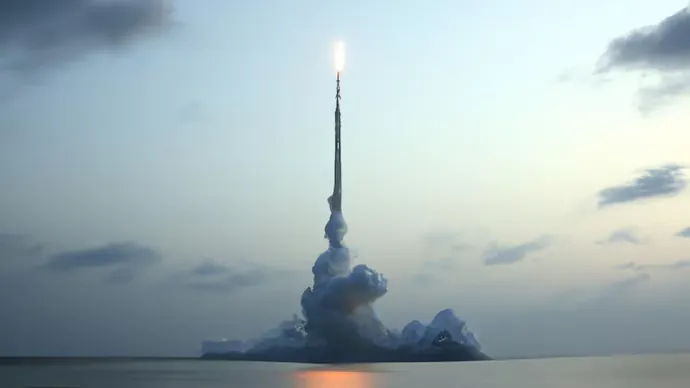
What to do when a missile approaches?
The missile’s sound is quite similar to artillery fire, accompanied by a whistle. It lasts for about two seconds, followed by an explosion. Additionally, the enemy may initiate bombing from an aircraft, so it’s important to listen for any loud humming.
If you hear a sound resembling a missile or aircraft, it’s best to quickly seek shelter. Even if the projectile has already found its target, it’s still crucial to urgently find a safe place, as there’s no guarantee that another missile won’t follow. If the strike zone is very close, it’s important not to run but to immediately lie down on the ground and cover your head with your hands. Ideally, find some kind of depression. However, all of this, of course, applies only to cluster, fragmentation, and explosive munitions.

In conclusion, the missiles described above serve as a stark reminder of the delicate balance of power in the modern world. As countries continue to develop and enhance their missile capabilities, international diplomacy and arms control agreements become even more crucial for preventing unintended escalation of conflicts and maintaining global security. However, this relies on all parties committing to and abiding by these agreements. Furthermore, all parties must be confident that they will receive an inevitable response in the event of nuclear escalation. Yet, the behavior of some members of the nuclear club currently suggests they may not be ready for such a response, giving their adversaries the impression that their actions may go unpunished.
Read also:
- Top 5 Most Modern Nuclear Submarines
- Weapons of Ukrainian Victory: Stridsbåt 90H (CB90) amphibious assault craft
- Weapons of Ukrainian Victory: NASAMS air defense that protects Washington

